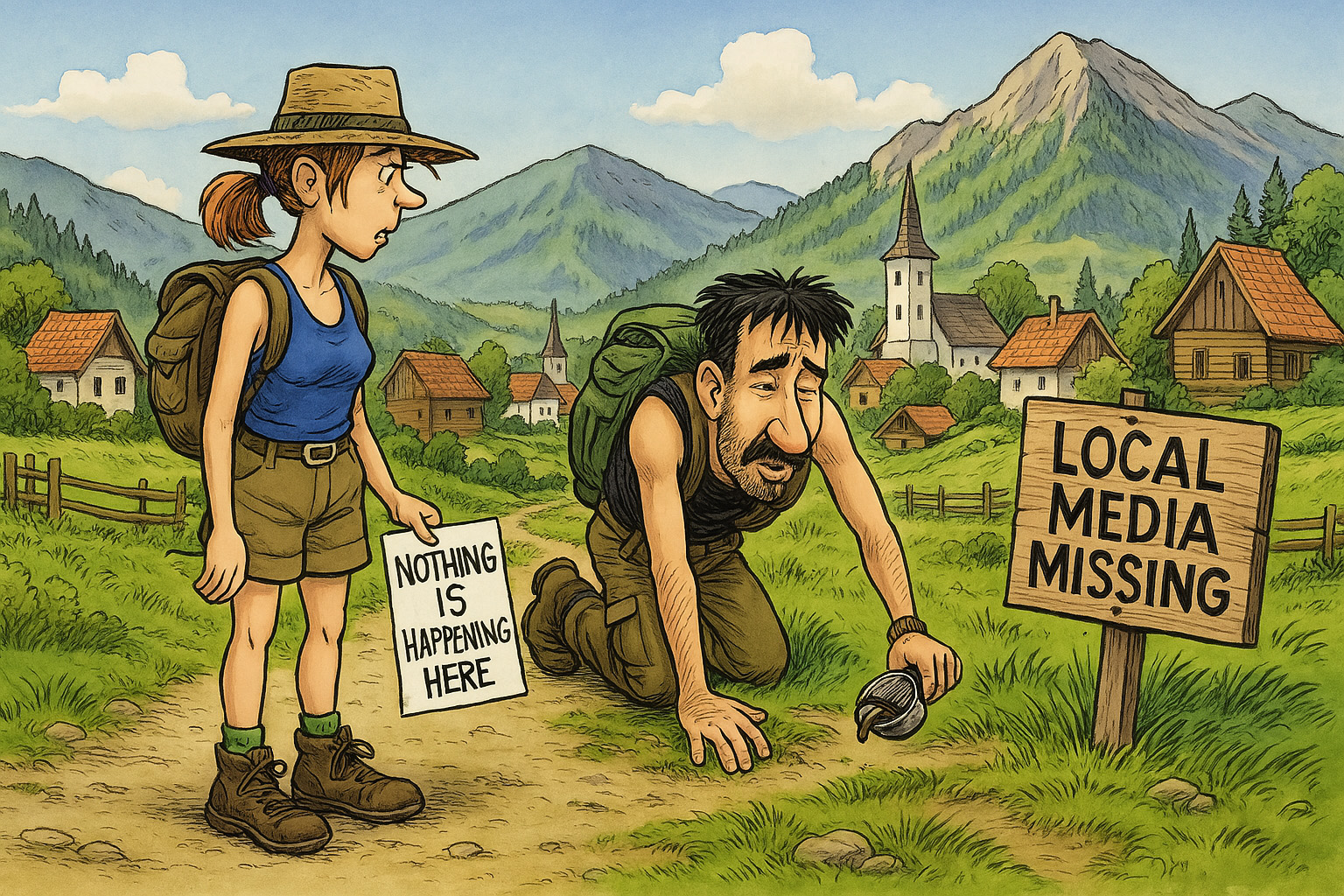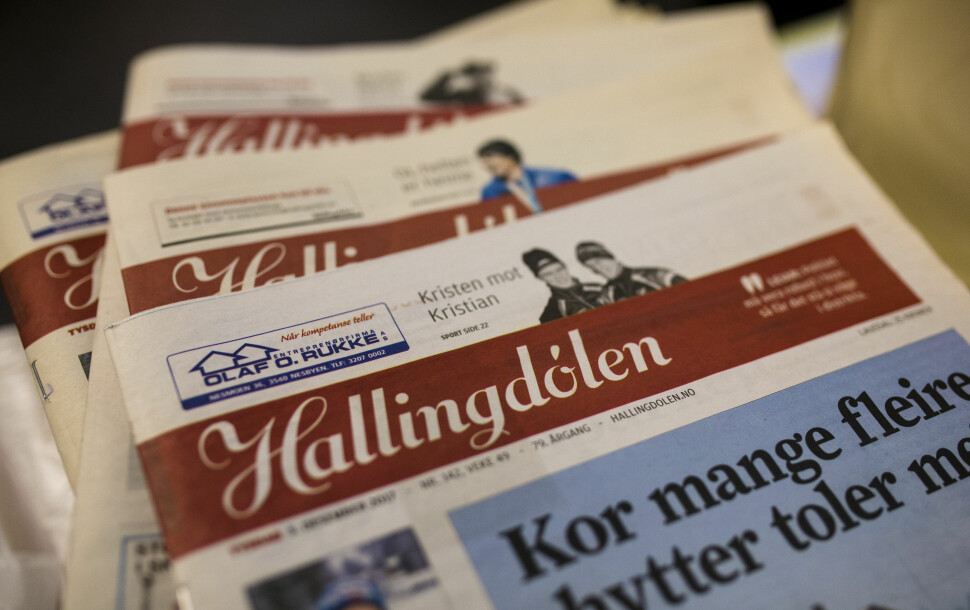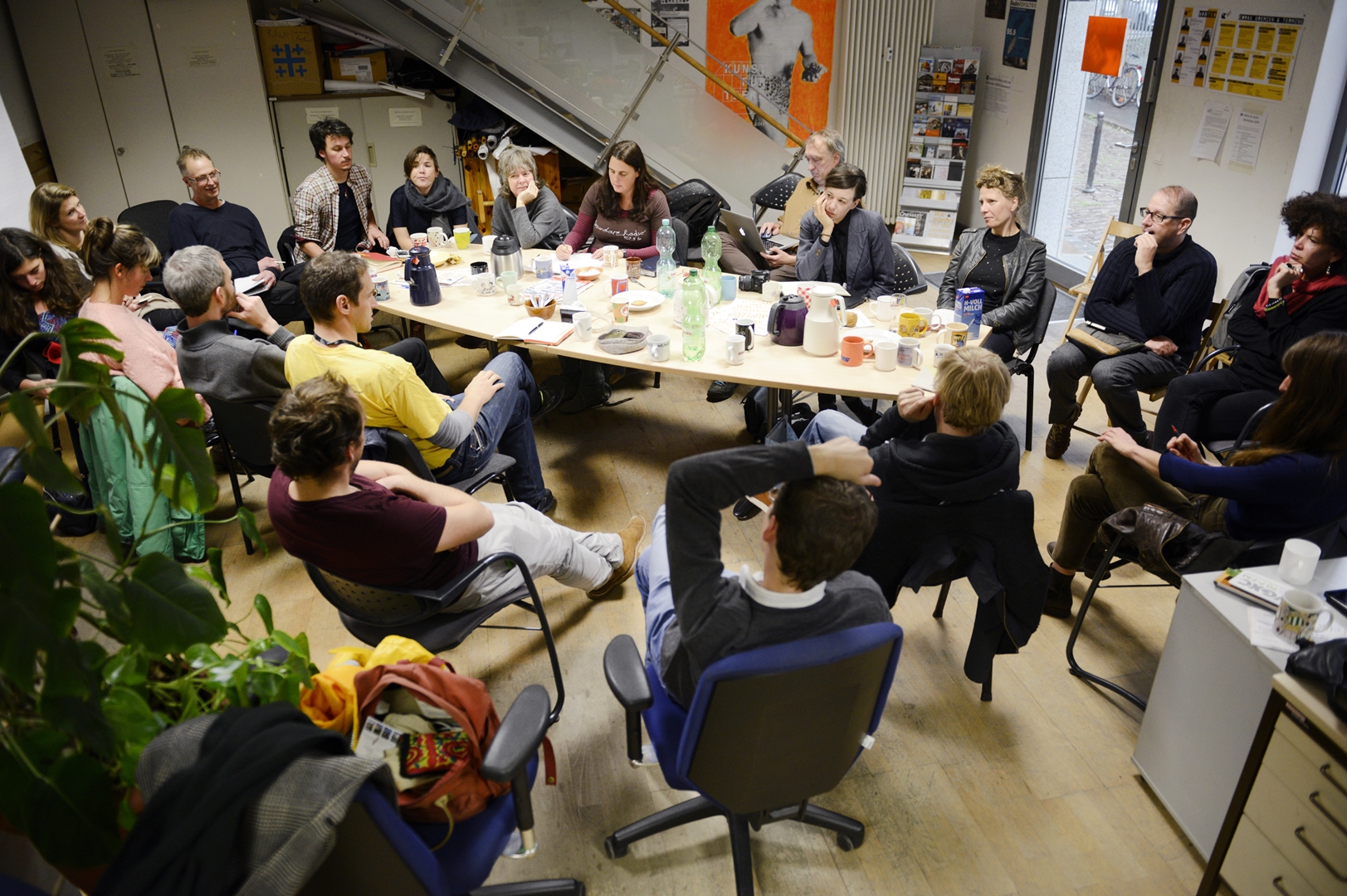
How Local Media Can Rebuild What Rural Romania Is Losing
The media landscape in Romania? Yeah… let’s just say it’s not exactly glittering. National outlets are mostly caught up in political power plays, clickbait traps, or both. When it comes to covering what’s actually happening in local communities — especially rural ones — there’s a yawning silence.
Sure, there are a handful of independent voices doing brilliant work. Think Recorder — which started small and shook the system. Or Gen, știri, which gets news to Gen Z in formats that don’t put them to sleep. But when you zoom out to the countryside? That energy kind of drops off a cliff.
In Romania, rural and local communities often go unheard in the national media echo chamber.
Stories of environmental damage, corruption, or depopulation may occasionally break through, but the slow, everyday narratives — youth initiatives, local traditions, the quiet resilience of village life — rarely find a microphone.
The numbers back it up. According to the Centre for Media Pluralism and Media Freedom (CMPF), Romania scores high risk on nearly all indicators of local media health. Editorial independence sits at 69% risk, the safety of local journalists at 62.5%, and social inclusiveness — the ability of media to reflect diverse voices, including rural ones — at a staggering 78% risk. The infrastructure of local media, already fragile, was gutted by the 2008 financial crisis. Many local newspapers folded entirely or moved online with minimal resources, and few recovered.
And the digital shift hasn’t solved the problem. CMPF estimates that up to seven counties in Romania still have no dedicated online local news outlets, while only 20% of Romanians report the internet as their primary source of news (Eurobarometer 92). Most still rely on TV (80%) or radio (30%), yet it’s unclear how much genuinely local content these formats deliver. Public and private broadcasters exist, but there is no reliable data on how much airtime is devoted to regional civic news — or whether it exists at all.
Add to that a chronic lack of transparency and publicly available media data, and it becomes even harder to understand or fix the local news vacuum. As CMPF notes, much of the media policy debate remains confined to insiders — journalists, watchdog NGOs, media scholars — with very little crossover into public discourse.
And here’s the thing: the absence of media in these areas isn’t just a gap in coverage — it’s a civic disconnect. In Spain, more than 77% of municipalities have lost population since 2001. A recent study found that towns on the verge of disappearing — the ones officially marked as “at risk of depopulation” by the EU — are not just shrinking physically, but politically too. These places saw increased support for the far-right, not necessarily because everyone there had a political awakening, but because the young and engaged moved away, and what remained was silence. The researchers call it a “compositional change.” We call it a signal that these communities are desperate to be seen, heard — and maybe saved.
So what’s the fix? It’s not just parachuting in big-city reporters once a year. It’s building small, sustainable, community-driven media ecosystems — by students, freelancers, NGOs, artists, or even farmers-turned-field-reporters.
The Future of Local Media Is Weird, Warm, and Wonderfully DIY
Imagine a tiny media collective in a mountain village, powered by a team of journalism students and community volunteers. Or a podcast run by high schoolers in the Romanian countryside, where they interview their grandparents about life before and after EU membership — complete with background sounds of chickens and wind through the plum trees. Or even just a local newsletter that doubles as a civic notice board and a zine of village gossip (the wholesome kind — births, weddings, who made the best țuică this year).
Now imagine more:
A pop-up radio station broadcasting from the town square during harvest season.
A video series where elders teach old crafts and teens react like it’s TikTok gold.
A roaming media van that visits villages, collecting stories and giving workshops.
A public wall where anyone can stick a headline, a question, or a poem.
At Co-Media, we believe in this kind of media — small but mighty. The kind that doesn’t just report on communities but actively contributes to them. Media that listens before it speaks. That includes before it explains.
Because media can be more than a mirror — it can be a megaphone, a meeting point, and sometimes, the spark that kicks off real-world change.
And the best part? We don’t have to wait for permission to start. We just need some neighbors, aspiring media markers, volunteers, an idea, and maybe a voice recorder that still works.
And this isn’t just wishful thinking. All over Europe, local media outlets are already proving how deeply media can shape community life. From Austria to Spain, Croatia to Norway — here are three standout case studies of community media that don’t just tell stories, but build stories with the people at the heart of them.
🇦🇹 Radiofabrik – Salzburg, Austria

Community radio done right — and for everyone.
Radiofabrik is one of Austria’s most established community radio stations, giving voice to people who are often left out of mainstream narratives — from rural villagers to migrant communities. With open access to studio space, free training, and a “DIY media” philosophy, this station helps locals turn into storytellers.
Impact: It’s not just about broadcasting — it’s about belonging. People of all ages learn to produce their own content, participate in civic debates, and stay connected to their surroundings.
🇳🇴 Hallingdølen – Hallingdal Valley, Norway

A local newspaper that won European awards — and its readers’ trust
In a remote valley of Norway, Hallingdølen proves that local journalism still matters. With thoughtful reporting on everything from town hall decisions to teenage mental health, it’s a model for what a modern rural newspaper can be.
Impact: Their commitment to quality earned them European Newspaper of the Year (twice!), but more importantly, they’ve kept their community engaged, informed, and proud.
🇩🇪 Radio CORAX – Halle, Germany

Chaos with a conscience (and a frequency)
This independent, non-commercial radio station offers wild, radically democratic programming where anyone — yes, anyone — can contribute. It serves as a media lab for cultural experimentation and political dialogue, and it’s deeply involved in local activism.
Impact: Beyond broadcasting, Radio CORAX fosters media literacy, challenges mainstream narratives, and helps people feel empowered to question, create, and connect.
Your Story Starts Here (Yes, You)
So, if you made it all the way down here and your brain is now buzzing with ideas — or you’re just nodding along thinking “yeah, this is exactly what my village needs” — we should definitely talk.
Whether you’re a future media-maker, a curious volunteer, or just someone with a bold idea and access to a half-working recorder from 2009 — drop us a line.
📩 Write to us at hello [at] co-media.org
📱 Or slide into our DMs on Instagram (we check them more often than our inbox, to be honest).
Let’s co-create stories worth telling — and communities worth listening to.

Leave a Reply